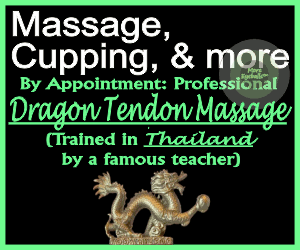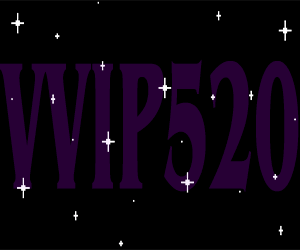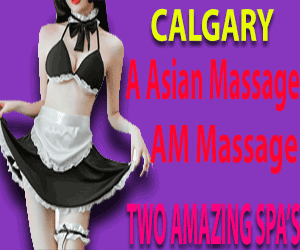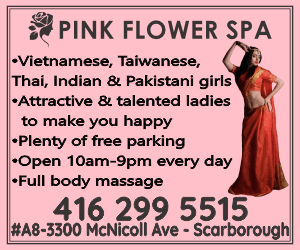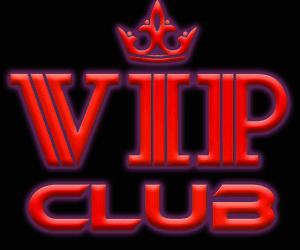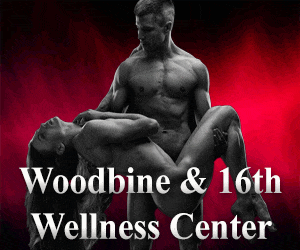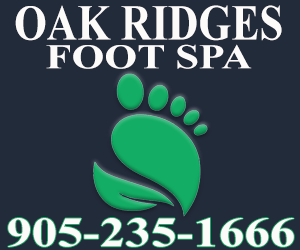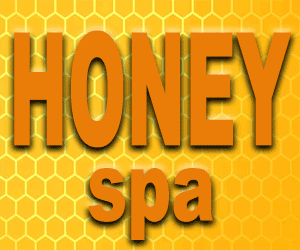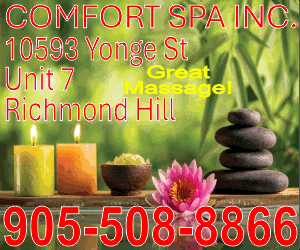M
mnews
Guest

Learn one technique to help any horse feel and move better!
By TRICIA AXTELL
As I ease down the gravel drive to arrive at my morning appointments, the sound of gravel crunching softly beneath my tires drifts through me and seems to settle gently in my ears. I take a sip of coffee as I watch the sun coming up over the large spruce trees lining the pasture. I take a minute to consider gratitude for what I get to do every day, equine massage. It’s truly been a very natural fit for me. I have ridden horses since the age of five. Spending time with them is what truly makes my heart sing.


“Goldman Sox”, I say to myself as I glance at my notes for the morning. I’ve not yet worked on this horse, but I have stopped by his stall to say hello on past work trips to this farm. One thing I notice as an equine massage therapist, even though horses are stalled separately, they are often very aware of one another~and of me. On many occasions, I have had my hand resting gently on a point, softly encouraging the tissue fibers to let go. I’ve looked around and seen horses in surrounding stalls looking on, softly yawning, licking, chewing, dozing off in their stalls. Sox was one of those horses.
My notes from the owner read, “He is very sluggish. I have a lot of trouble keeping him in front of my leg, and he bulges into my left leg. Lead changes have always been difficult for him. He really struggles right to left.”
“It could be his back,” I think to myself. The issues relayed by Sox’s owner put the longissimus dorsi and longissimus costarum muscles at the top of my list of things to investigate. I have taken several certification courses over the years, attended many workshops and clinics, and also spent 500 hours in human massage school. I was most fortunate, however, to learn Sportsmassage from Jo-Ann Wilson. Her course is a deep dive into biomechanics and performance issues. A long time friend and partner of the late Jack Meagher, Jo-Ann and Jack served multiple United States Equestrian Teams at numerous Olympic, Pan Am, and World Games as this work truly has a very profound impact on horses.
I stop in front of Sox’s stall and he greets me with a nicker. I ask one of the grooms to lead him from the stall and walk him down the barn aisle, turning left then right. My eyes comb over his body, top to bottom, left to right. I notice the right hind positioned higher than the left. I notice a bit of a lag in the motion when he steps under with the left hind. I make notes of areas I where I need to focus my work. The groom and Sox turn and come back to me. I look directly at the hard, compressed longissimus dorsi muscle.
“A tight muscle will function, but it will resist the motion being asked of it, and performance will be compromised.” Jo-Ann Wilson’s words came to mind once again. I learned from her that chronic muscle tension actually affects the position of the muscle fibers leading to reduced circulation within the muscles. She is one of the only therapists to have performed true scientific research incorporating ultrasound technology before and after manual therapy. The work is rooted in science.
It is important to understand a bit about how muscles work. Skeletal muscles, or action muscles, are positioned along the bones of the skeleton. Skeletal muscles have at least two endpoints, origin (attached to the more stable bone) and insertion (attached to the more movable bone). When the nervous system cues a muscle contraction, the muscle contracts and shortens. The muscle pulls at the bone, near the insertion site. Voila! We have movement!
I take Sox to the cross ties and begin palpation. I consider my list and start with longissimus dorsi. Longissimus dorsi is the broad back muscle that runs parallel to the spine on both left and right sides of the back. It spans cervical, thoracic, and lumbar vertebrae. It’s function is to extend the back and neck when both sides work in unison. When one longissimus dorsi muscle works independently, it flexes the spine laterally. It is a stabilizer of the spine and a crucial role in both locomotion and posture. Longissimus costarum is a narrow band below longissimus dorsi positioned near the top of the rib cage. This is actually one of my favorite places to start on a horse that doesn’t yet know me. People interact with this area often while saddling and blanketing, so horses often seem at ease with touch in this area. It’s also a muscle in which, upon palpation, people can feel an obvious difference before vs after Sportsmassage.
I softly glide my hand partway down Sox’s back, then he starts to jig a bit in the crossties. When a muscle is tight, the horse may become restless when the muscle is addressed. For me, as a therapist, that is the beginning of the dance with the tissue. I need to get in there, but I need him to let me in. I cannot force it, so it becomes a bit of a dance, much like a tactful rider would work with a young horse.
On Sox, this longissimus dorsi and costarum feel hard on the left and extremely hard and unyielding on the right. When I gently press in along both sides of his back, the tissue does not rebound. It definitely does not feel spongy. The muscle is most definitely tight on both sides but the right side is tighter. The disproportionate right side tightness is why he felt like he is bulged into his rider’s left leg. His body travels in a bit of a bend at all times.
Possible causes of discomfort in this muscle are: saddle fit, a rider sitting unevenly in the tack, aggressive training, issues in the feet, kissing spines, or digestive difficulty. It can also be secondary to lameness in the leg. I have come to realize, through this work, that even the most amazing owners and fabulous horses have to contend with muscular trouble and dysfunction from time to time. After all, many horses are hard working athletes. Muscle tightness can simply be a byproduct of exercise. Sometimes I get called out to work on a horse that is having difficulty, but other times I get called out to work on a horse because the owner wants the horse to have a “treat.” I am able to find areas of tightness and tension then release those for the horse, creating more freedom of movement. Then the owner feels the way their horse moves after a session with me and comes to understand that this work often helps to prevent small issues from becoming bigger ones.
I begin performing the Sportsmassage techniques that I learned from Jo-Ann Wilson on Sox, using compression, direct pressure, and cross fiber friction in specific spots in order to relieve muscle tightness. Once his back is treated, I can absolutely feel the tissue bounce back when I press gently. I walk up to Sox’s face and watch him for a moment with eyes half closed, licking and chewing.
I work through the other areas I noted in the evaluation. Then I take him for a short walk before returning him to his stall. I text his owner to let her know what I found and what I did. We set the next appointment. A few days later I hear back from her. The trainer noted that he felt much better throughout his body. He was notably more forward, less behind the leg, and straighter. He got the change right to left! “Keep it up. He feels so much better!”
Sox always felt so good after his sessions, one day last spring, his former owner approached me to ask if I’d be interested in leasing him. Of course I was, and of course I did. In late summer of last year, I bought him. Sox is a horse that needed a little more support, and I was able to give him that. He has loved the work, and he is thriving. I was able to purchase a horse I might not have been able to purchase otherwise, and his caring owner was able to place him with someone who could absolutely help him feel his best. We are a great pair!
**To try compressions to longissimus dorsi on your own horse, open your hand and softly place your palm gently on the back just behind the withers. Be aware of your horse at all times. You want to respond quickly if he makes a sudden movement. This is a great opportunity to practice reading his expressions. Horses are masters at pretending everything is fine when they are in discomfort. Often, when touching an area that has been tight for some time, a horse will fidget or want to pace. When you show him, through gentle work, that you want to help relieve this tension, he will likely settle and begin to lick and chew or yawn.
With your palm open and hand lying flat on the longissimus dorsi, gently press inward then let your hand move slowly upward toward the spine. It may be helpful to think of gently pressing the heal of your palm into hard dough in order to soften it. Work your way, slowly and gently, but intentionally, all the way down the back. Jo-Ann taught me to aim for approximately seven compressions down the muscle in a gentle, rhythmic method. Then, repeat the compressions two to three times.
Next, let your hand slide down closer to the top of the ribs and compress gently down the longissimus costarum muscle. Repeat. Then move to the other side and compress gently through longissimus dorsi and longissimus costarum on the opposite side.


Once you’ve completed the work, feel the tissue. You should be able to detect a considerable difference before and after working this area. When first starting out, you may only notice a slight difference, but keep at it. In time you will learn to keep these muscles supple and pliable. Your horse will thank you!
I also learned from Jo-Ann that one of the biggest hindrances on athletic performance is simple muscle tightness. I have ridden and cared for horses for more than thirty-five years, and this is, hands down, the most valuable lesson I’ve learned.
Wilson,J. (2022). Keeping Horses At Their Best: A Hands-On Guide to Equine Sportsmassage. Rockport, Maine. Wilson Productions, LLC.
Bailey Smith of Bailey Smith Photography out of Landrum, SC took the photographs for this article. Bailey is the photographer at a variety of horse shows in the southeast.
ABOUT THE AUTHOR


Tricia Axtell runs her equine massage therapy business, Rejuvenate, out of Landrum, SC, and serves the greater Tryon/Landrum area. She and her horse, Goldman Sox, train with Gisele O’Grady and Leigh Rice at Clear View Farm, owned by Joann and Steve Loheac, in Landrum, SC. Sox has been in their program for many years, and has competed successfully in many hunter derbies with Gisele and low adult amateur with prior owner, Beth Hardee. Thankfully, this amazing work played the key role in getting, and keeping, Sox going strong. Tricia and Sox competed several times last year, very successfully, earning Champion and Reserve at each show. They plan to compete again this year! Sox is nineteen and living his best life.


























